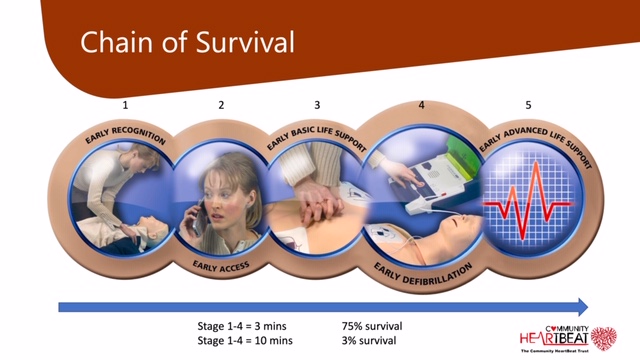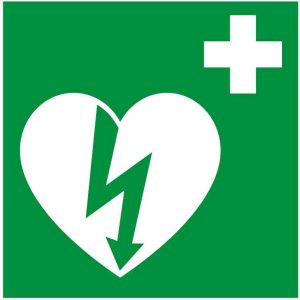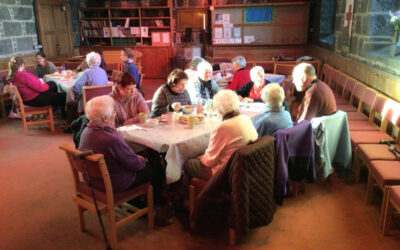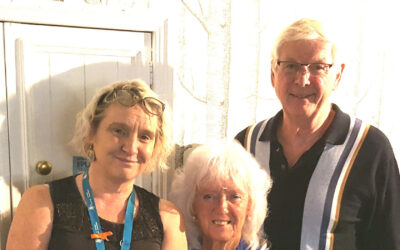Since 2017, Rotary clubs across Great Britain and Ireland have worked with the Community Heart Trust to establish community defibrillator projects.
It has been a large part of the reason why, since 2008, the numbers of community defibrillators has increased from around 2000 to over 70,000.
However, the Community Heartbeat Trust have warned that it’s not just the installation of defibrillators that saves lives and that there are other important steps to establish.
We have gone through the initial excitement of defibrillators. Let’s do this right and save even more lives.”
Martin Fagan of the Community Heartbeat Trust points out: “This ‘rush’ to install defibrillators belies that the defibrillator is only part of the story, and up to 30% of installed defibrillators now may in fact be non-functional.”
Pending new regulations from the government of will result in non-compliant equipment to be removed from the market, and any community now looking at a project should insist upon only using MDR/FDA compliant equipment.
However, just as important as having the right commitment is responding to the situation as fast as possible, going through the steps of the ‘Chain of Survival’ as seen on the graphic below can be completed as quickly as possible.
The defibrillator is only step 4 of this chain, making it as much about creating time as it is about having a defibrillator, and education in understanding what to do, when, and how.


The ‘Chain of Survival’ that is outlined by the Community Heartbeat Trust.
This backs up recent clinical research stating there are twice as many successful rescues where the local community have attended training session than those that have not, something Rotary clubs planning community defibrillator projects should definitely consider.
In terms of the defibrillator itself, The Community Heartbeat Trust emphasises that Rotary clubs should have access to monitored 247 cabinets – cabinets that allow access to a web-based portal that manages the readiness of the cabinet and the defibrillator.


The correct, internationally recognised signage for defibrillators.
GPS tracking is now also widely available due to increasingly more defibrillators not returned after rescues.
Finally, the Trust emphasises the importance of using the correct, internationally recognised signage for defibrillators.
Currently there are 13 different types of defibrillator signage used in the UK, causing confusion and delays in rescuing lives.
Martin emphasises: “For the future we need to look at this on a holistic basis, and make sure the right equipment is used, placed in the right locations, identified using the right signage, as part of the right story, encompassing the Chain of Survival.
“We have gone through the initial excitement of defibrillators. Let’s do this right and save even more lives.”










